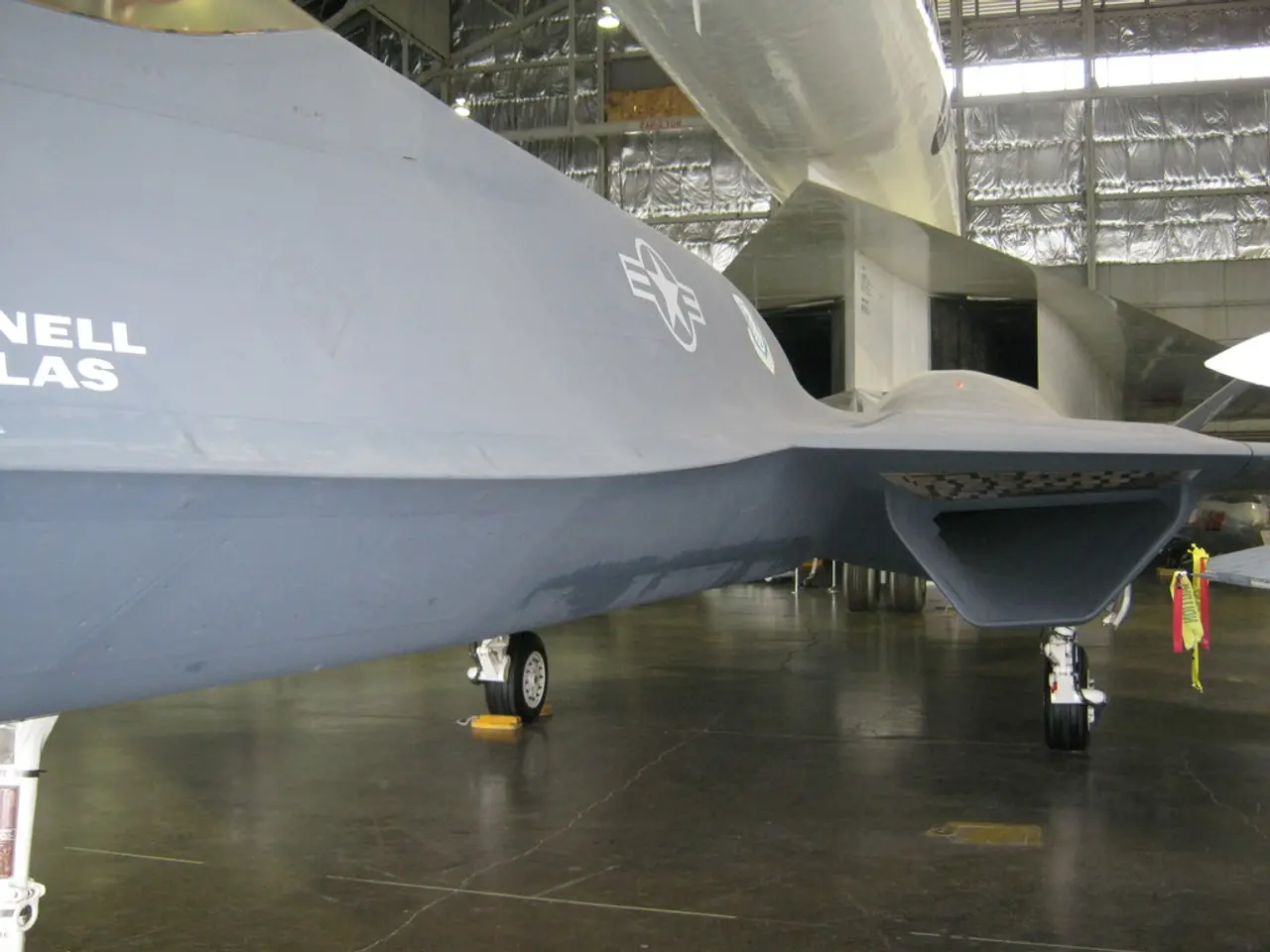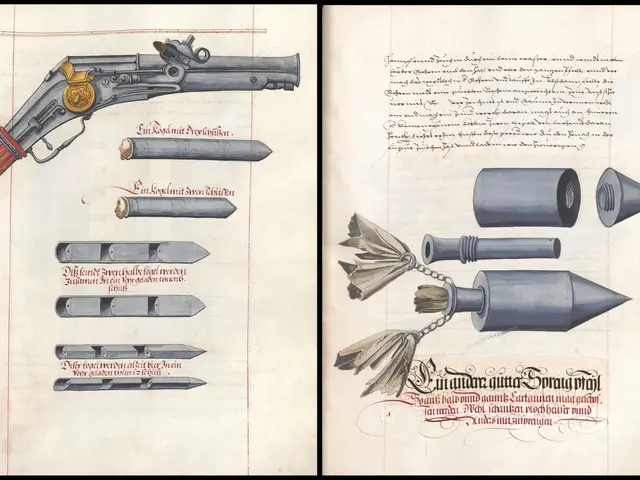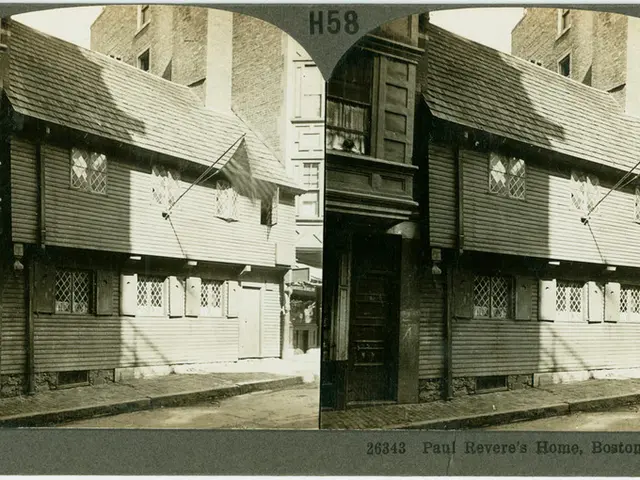THC's decision to fly the Airbus models H125, H145, and ACH160 for their operations
The Helicopter Company (THC), established under the Public Investment Fund for the Kingdom, has made significant strides in Saudi Arabia's aviation sector since its inception in mid-2019. With a fleet of over 60 helicopters, THC has quickly become one of the biggest operators in the Middle East, positioning itself as a major player in the Kingdom's general aviation ecosystem[2].
THC's core focus includes providing extensive general aviation services across the country, supporting safe and efficient transport tailored to national development goals[2]. The company's operations span a wide range, from traditional helicopter services to critical emergency medical transport missions. While no explicit data on HEMS missions was found, THC's broad role in offering such services strongly implies active participation in emergency medical transport, a key service in national aviation networks.
In a bid to diversify the economy and support Vision 2030, THC operates under the Saudi Public Investment Fund (PIF) umbrella, creating a new ecosystem for general aviation. This helps activate new sectors related to aviation and transport services[2].
Recently, THC signed a Memorandum of Understanding (MoU) with Diriyah Company to explore urban air mobility (UAM) ventures as part of the Diriyah project, which aims to be a leading cultural and tourism hub by 2030. This collaboration focuses on integrating advanced air mobility solutions including eVTOLs and innovative helicopter-based transport to enhance mobility and tourism infrastructure. THC’s expertise is pivotal in establishing operational, technical, and infrastructure foundations for safe and sustainable urban air mobility services aligned with Saudi Vision 2030[3][4][5].
The ACH160, a part of THC's rotorcraft fleet, is equipped with several features that enhance its efficiency and safety. It boasts a quick-start procedure, reducing startup time to just two minutes. The helicopter's engines are fuel-efficient and SAF-ready, while its modern and efficient climate control system is designed to operate effectively in extreme summer temperatures[1].
Blue Edge Blades in the ACH160 minimize sound and enhance flight stability, making it a comfortable choice for private and corporate customers. The helicopter also features a large Fenestron, reducing sound levels further. Its avionics system is designed to help mitigate distractions and human interaction, and it offers automatic take-off and landing modes for added safety[1].
In addition, the ACH160's Helionix avionics optimize cockpit efficiency and safety, and its redundant avionics systems enhance safety further. Perhaps most impressively, the ACH160 can troubleshoot problems and provide solutions during flight[1].
Captain Abdulmajeed is particularly impressed with the ACH160, and THC's growth is a statement of customer trust. In the span of five years, THC has taken delivery of 12 H125s, 20 H145s, and five ACH160s from Airbus[2].
With its rapid growth, strategic expansion into urban air mobility, and commitment to safety and efficiency, THC is well on its way to achieving its goal of becoming the premier commercial helicopter operator in the region.
- The Helicopter Company's (THC) growth in the aviation sector of Saudi Arabia extends to various sectors, as they also show interest in urban air mobility (UAM) through collaborations that focus on integrating advanced energy-efficient technology, such as eVTOLs, in their urban transport solutions.
- THC's strategic diversification not only includes its focus on general aviation and emergency medical transport but also expanding into finance, technology, and aerospace industries, as evidenced by their fleet's fuel-efficient engines, modern avionics systems, and partnerships geared towards developing new urban air mobility services.








